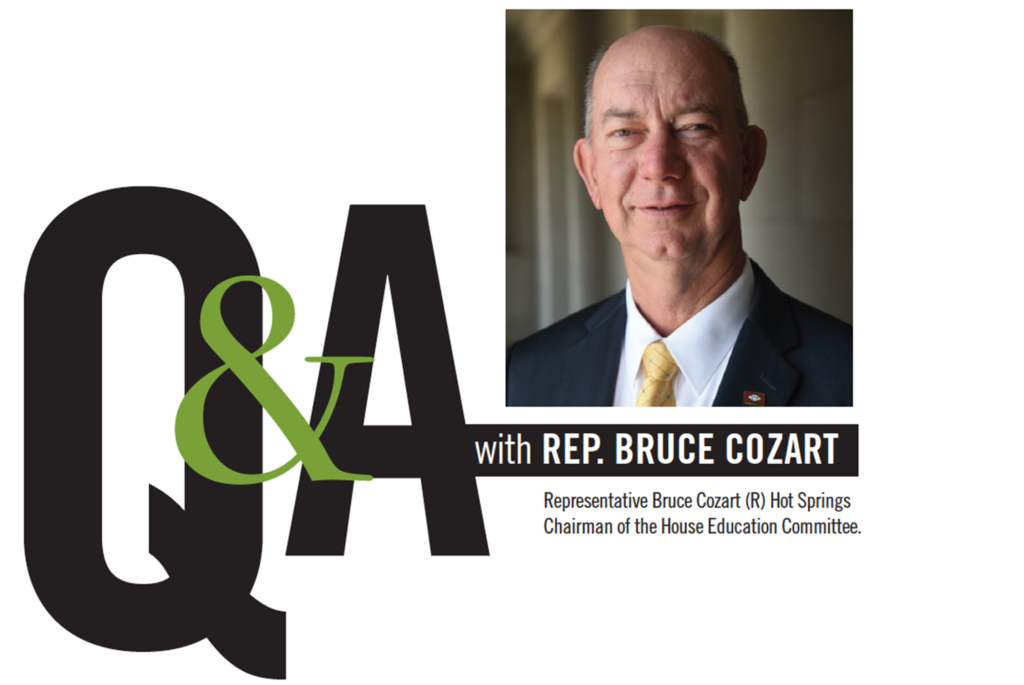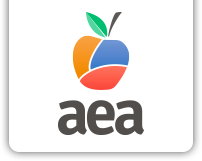
Tell us a bit about yourself, how you came to serve in the legislature?
I’ve always been someone that loves to serve others and help my community. Serving as a state representative is one of the ways that I could bring something to my district such as many before me have, but in a way that I feel is the need at this time.
You previously served on the Lake Hamilton School Board. How has this experience shaped your thoughts on how we can strengthen public schools?
My service on the Lake Hamilton school board gave me a lot of different experience, including an understanding of school finance and all the other factors it takes to run each school. I learned how important everyone in the school is, from the person who mows the grass to the bus driver to the custodians, teachers, cafeteria staff, office staff, principals and superintendents. It takes everyone to make that school perform properly.
Garland County has shown a commitment to supporting public education through a meeting of the various school districts in the county. How has this convening served as a platform to support local schools?
We are very lucky in Garland County. All seven superintendents and most of our legislators from the area meet on a quarterly basis to talk about what we can do to help make our schools better in Garland County. This has proven very beneficial for our area, and it has lessened the fear of competition between the different school districts. Now they try to work together and not against each other.
Educational adequacy is a process by which lawmakers decide how to best resource public schools two years at a time. The last adequacy recommendation fell far below the amount the Bureau of Legislative Research found was needed to keep up with the Consumer Price Index. The next adequacy funding recommendations are due by November 1, 2018. What direction do you expect the adequacy committee to go? Do you expect to see an increase in school funding that at least keeps up with inflation or goes beyond that to move us beyond adequacy and toward excellence?
Educational adequacy is a process that is very hard to hit exactly every time. I believe over the past four years we have been as close as possible, but it is not what people thought it would be or should be because it has always been a flat number across the board. We are working to be as efficient as possible with our adequacy recommendation. [I believe] the [consumer price index] research we were presented was incorrect and we went with the numbers we believed to be correct. We will be looking closely at the various new forecast numbers that will be coming out soon as we work on the next adequacy funding cycle.
You have served as Chair of the Education Committee in the House of Representatives for nearly 4 years. What advancements in public education are you most proud to have supported during your time as Chair?
I believe there are many accomplishments we’ve made over the past four years. As a group, the committee has done a great job. We have all brought some great legislation to the table, some of it has passed, some of it has failed. I think one of the best bills that I was a part of was the professional learning community legislation. This is now showing great results after the first year of implementation with the second year coming up. As more schools are able to have the money granted to them through the program I believe Arkansas education is going to be step ahead and climbing to the top.
I am also happy that our educational adequacy program is starting to move up the ladder. It was stagnant for so many years and we’re now looking at adequacy in a new light and in a new way that’s actually starting to fund it properly.
As we fund educational adequacy in the proper way and with the added categorical money that we are putting into the [funding] matrix we are starting to see the gap close. This is the goal, closing the educational achievement gap and getting all our students on the right level that they need to be to succeed in life.
What are the biggest challenges facing public schools in Arkansas today?
One of the biggest challenges facing public schools is a shortage of good teachers, good quality principals, and superintendents. We need more educators with passion and a love for teaching.
Public school educators are experts in what their students need. What advice would you have for educators so they can ensure their voice is part of the education policy making process?
Educators need to get active in the process of making policy. Don’t just leave the policy up to the superintendents and principals, have a say in what’s being done. Call your legislators and talk with them about the needs of your district. If there is not a group in your school that monitors education issues then start one.
AEA is at the Capitol every time lawmakers are discussing public education. Please describe your experience working with AEA leadership and members.
The AEA is very active in watching over everything that comes before the legislators that has anything to do with education.
I have worked beside them and I have been on the other page against them, but every time we come together and discuss our differences. We don’t always see eye-to-eye but we are both trying to work for the bettering of education.
What are your thoughts on how lawmakers can improve working conditions, benefits and pay for public school educators in Arkansas?
As we prepare to clean up outdated laws that are on the books, we hope that this will reduce the paperwork load that teachers have, but I’m not sure how much of that we will be at able to do this time.
There are a lot of factors that come into play with working conditions, I believe that student behavioral issues is one of the worst conditions that teachers have to work under. The pay for teachers is on the rise, as we have been working on that over the past 4 to 6 years, and are bringing their salaries up. I know insurance is a big factor that cuts into a teacher’s salary. We have worked trying to increase those benefits without increasing the cost of insurance. That’s a very hard thing to do but we’re still trying.
In the past two general legislative sessions, the legislature passed $150 million dollars in tax cuts. There is a proposal to cut taxes another $180 million for the top earners in the state in the next legislative session. How might this continuation of tax cuts affect the state’s ability to fund public education, Medicaid, highways and other issues affecting educators and students?
Tax Cuts are often done as campaign promises. I’m not saying that the Governor has promised in his campaign that he would continue to cut taxes to where we can’t {fully fund public education], but as long as the general revenue is still coming in to offset the amount of the taxes going away then I don’t think there will be any harm to education being funded properly. We don’t want to continue to cut taxes without revenue staying steady and above or we could have issues such as other states like Oklahoma. I believe we need a good balance of gain and reduction.



